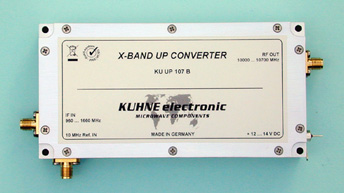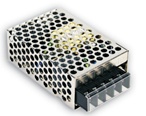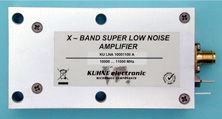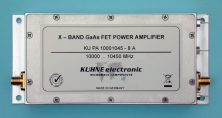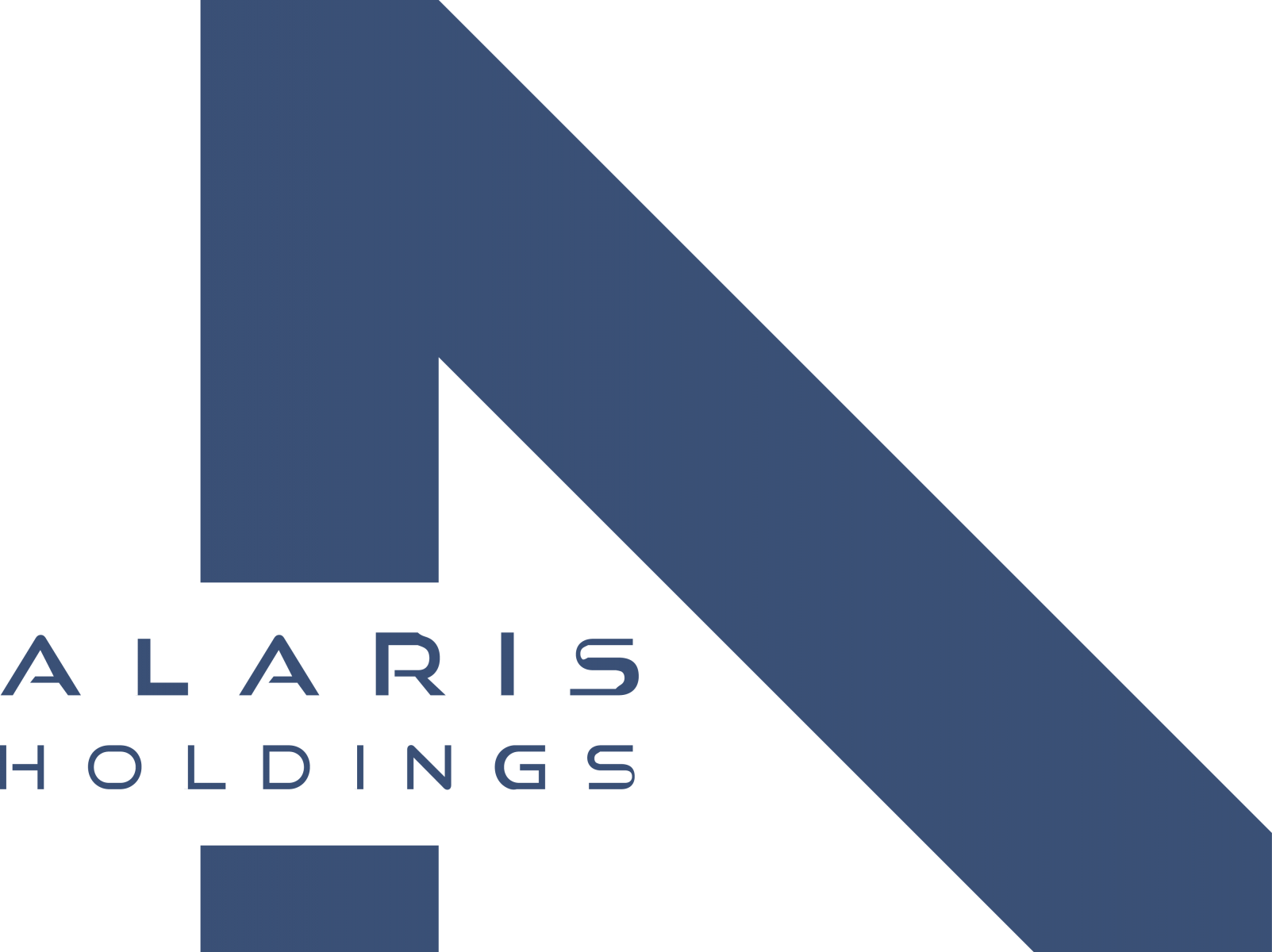KU UP 107 B, Up Converter
10000 ... 10700 MHz
This device converts the IF frequency range 960 ... 1660 MHz up to the frequency range 10000 ... 10700 MHz. Typical applications are MMDS transmitter as well as DVB-T or DVB-S systems. The up converter includes band pass filters for high spurious rejection and a high quality VCO with low phase noise and therefore it is suitable for all modulation types. Together with a power amplifier an output power of 50 watts CW can be achieved.
This device converts the IF frequency range 960 ... 1660 MHz up to the frequency range 10000 ... 10700 MHz. Typical applications are MMDS transmitter as well as DVB-T or DVB-S systems. The up converter includes band pass filters for high spurious rejection and a high quality VCO with low phase noise and therefore it is suitable for all modulation types. Together with a power amplifier an output power of 50 watts CW can be achieved.
Lead time on request
Technical specifications
| Frequency range (IF) | 960 ... 1660 MHz |
| Frequency range (RF) | 10000 ... 10700 MHz |
| LO frequency | 9040 MHz |
| LO accuracy @ 18 °C | +/- 2 ppm |
| LO frequency stability | +/- 3 ppm |
| Phase noise @ 1kHz | typ. -79 dBc/Hz |
| Phase noise @ 10 kHz | typ. -83 dBc/Hz |
| Phase noise @ 100 kHz | typ. -109 dBc/Hz |
| Image rejection | typ. 80 dB |
| Gain | typ. 25 dB |
| Maximum input power | max. 5 mW (+7 dBm) |
| Output power (P1dB) | typ. 250 mW (+24 dBm) |
| Output power (COFDM) | 30 ... 60 mW |
| Maximum case temperature | +55 °C |
| Supply voltage | +12 ... +14 V DC |
| Current consumption | typ. 850 mA |
| Reference frequency input | 10 MHz / 2 ... 10 mW |
| Input connector / impedance | SMA-female, 50 ohms |
| Output connector / impedance | SMA-female, 50 ohms |
| Case | milled aluminium |
| Dimensions (mm) | 126 x 64 x 22 |
| Weight | 310 g |
Features
- Low phase noise oscillator
- High frequency stability of the oscillator
- Additional input for 10 MHz reference frequency
- Automatic activation of PLL if external 10 MHz signal is supplied
- High linearity
- Reverse polarity protection
Applications
- Digital broadcast systems (DVB-T, DVB-S)
- Analog and digital transmission systems
Important notes
Please notice the following:
- Additional cooling required
Downloads



